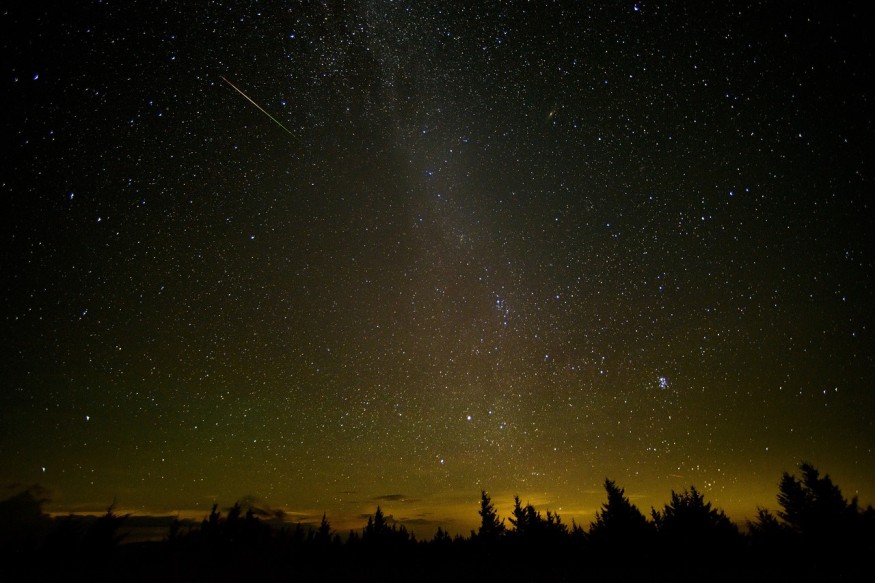
October in Connecticut will not just be filled with spooky skeletons and bats. By looking at the night sky towards the end of October, one may get to see the "Halloween fireball" over Connecticut.
Halloween Fireball in Connecticut
These Halloween fireballs are generally part of the yearly Taurid meteor showers. This meteor shower usually peaks towards the end of October.
The best time to see a Halloween fireball would come after midnight. By this time, one can try to search for the Taurus constellation in the night sky. For best viewing conditions, it is ideal to find a dark area in a night without clouds. This will boost the odds of seeing these meteors.
Taurid Meteor Showers
The Taurid meteor shower comes in two streams, namely, the Northern Taurids and the Southern Taurids. The Taurids are generally known to be fireball-rich.
The Northern Taurids will be active this 2023 from October 12 all the way to December 2. The best days to catch it would be on November 11 to November 12. By this time, the illumination of the Moon will only be at 2%.
The Southern Taurids, on the other hand, will be active until December 8. It is expected to peak on November 5 to November 6. It is important to note that this meteor shower will only produce up to five meteors within an hour during most active days. The Southern Taurids are expected to show up past 9 p.m.
Both showers have long-lasting, slow, and infrequent meteors that are linked with the Encke comet, which is a tiny comet that has a nucleus that spans roughly 4.8 kilometers in diameter. Their meteors are usually larger compared to others and tend to survive for prolonged periods as they blaze through the atmosphere of the Earth. They also tend to penetrate deeper into the atmosphere of the Earth.
Orionids Meteor Shower
Aside from the Taurid meteor shower, there's also the Orionids that will remain active until November 22. This meteor shower will be peaking on October 20 to October 21, when the Moon will have an illumination of 37%.This shower is typically known for its speed and brightness.
The Orionids meteor shower began last September 26. This shower is capable of producing up to 23 visible meteors each hour on a sky that is moonless. Its meteors are believed to have originated from Halley's comet.
RELATED ARTICLE : Orionid Meteor Shower Begins To Light Up the Sky as Halley's Comet Nears Solar System Return
Check out more news and information on Space in Science Times.
© 2025 ScienceTimes.com All rights reserved. Do not reproduce without permission. The window to the world of Science Times.










